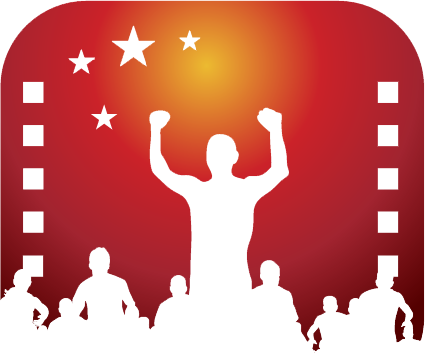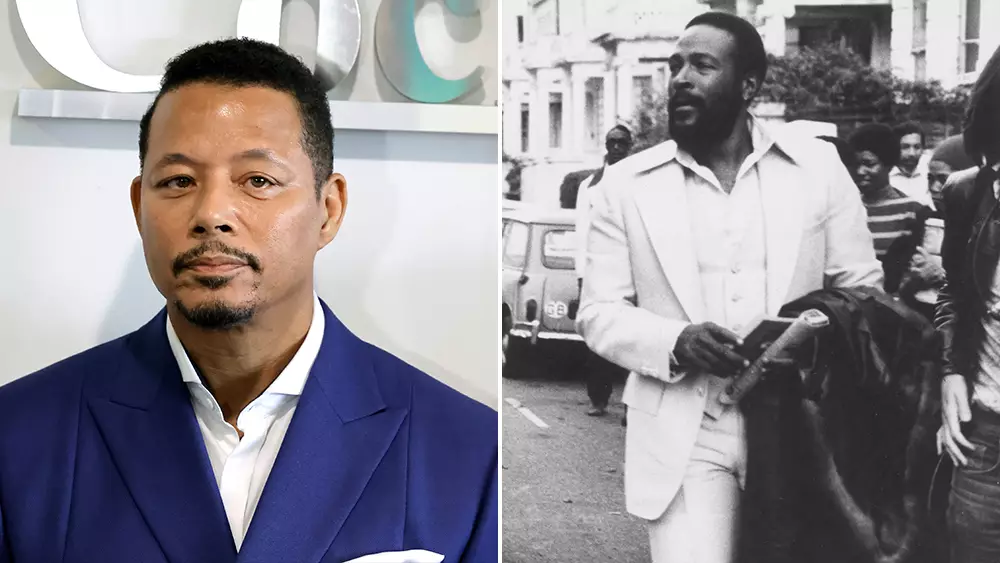Terrence Howard’s recent confession about his reluctance to portray Marvin Gaye sheds light on the complex relationship between actors and the roles they choose. The conversation, ignited during an appearance on Bill Maher’s podcast, delves into the profound personal implications of embodying someone else’s life on stage or screen. Howard’s declaration that he “could not” play Gaye due to the artist’s rumored sexuality raises crucial questions about the intersection of authenticity, identity, and the expectations placed on artists when representing real lives.
Howard’s assertion reflects an intriguing paradox. On one hand, actors are often encouraged to immerse themselves fully in their characters, pushing the boundaries of their comfort zones. On the other hand, the emotional toll of portraying aspects of life that diverge from one’s personal identity can feel, to some, like a betrayal. By backing out of the Gaye biopic, Howard prioritized his principles over what many might deem a career-defining opportunity. The dilemma highlights how, in an era increasingly fascinated by honest portrayals, artists grapple with their own identities.
Understanding the Constructs of Masculinity
The raised eyebrows at Howard’s strict stance against kissing another man echo broader societal conversations about masculinity. His intense reactions — claiming he would “cut his lips off” — illustrate deep-seated cultural beliefs about male sexuality and vulnerability. It is emblematic of a traditional view that equates masculinity with heterosexuality, sidelining the nuanced spectrum of sexual identity. Instead of merely being an acting choice, Howard’s feelings encapsulate a societal narrative where vulnerability equates to weakness.
In a progressive society that champions diverse representations, Howard’s uncomfortable relationship with Gaye’s sexuality raises pivotal questions. Is an actor’s refusal to explore a character’s sexuality a personal decision grounded in authenticity, or does it perpetuate a rigidity in our collective narratives around LGBTQ+ identities? An actor’s responsibility to the role transcends mere performance; it also becomes a mirror reflecting societal attitudes toward acceptance and comprehension of diverse identities.
Dialogue on Artistic Freedom versus Social Change
The conversation around Howard’s apprehensions with the Gaye film spins into a wider discourse about the role of art in fostering empathy and understanding. While some may sympathize with Howard’s choice — aligning it with a need to maintain personal integrity — others might argue that the arts demand the flexibility to step outside comfort zones. Actors are not only performers; they are storytellers who have a unique potential to shape cultural narratives. Howard’s dilemma asks whether avoiding challenging roles weakens that potential or preserves personal truth.
Ultimately, the heart of Howard’s story resides in a poignant but uncomfortable truth about representation in the arts: the journey toward inclusivity often requires actors to face aspects of life they might not personally understand. Yet, by refusing to engage, there is a risk of silencing critical narratives, missing an opportunity for authentic dialogue and growth. Our collective challenge lies in bridging the gap between personal boundaries and the expansion of understanding — encouraging artists to step forth into the complex tapestry of human experience while carefully balancing their own identities.


Leave a Reply